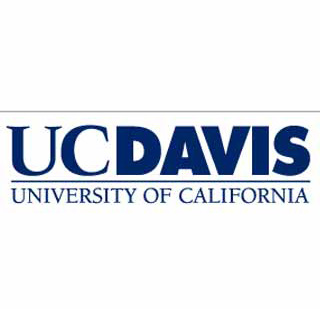
The researchers revealed the stimulation provided by the stem cells to be beneficial for the growth of small blood vessels in developing bone. This seemingly enhances healing, with the gel keeping the stem cells in the injured area. Once the bone is healed the gel may eventually break down.
Kent Leach, assistant professor of biomedical engineering affirmed, “Straight injection of stem cells has a limited effect. If we can localize the cells at the treatment site, the treatments should be more effective.”
This method is already employed on racehorses under treatment for bone cysts at the UC Davis Veterinary Medical Teaching Hospital. Although most of the horses were ascertained to be injected with stem cell, three horses were given Leach’s gel method. The results of equine patients are yet to be monitored.
Leach shared, “Stem cells from adipose tissue are an exciting alternative to stem cells from bone marrow or other tissues because we can isolate a large number, no matter what the patient’s condition is.”
Extraction from bone marrow is considered to be an alternative treatment to this. However, it is claimed to be not only painful but also time consuming. It may also not be recommended in instances of severe injury or when the patient is identified as weak. On the other hand employing stem cells from a patient’s own fat is predicted to provide more chances of success and the body may not reject it.
The first steps of this procedure are said to be when the fat is extracted from a patient and then the stem cells are separated. The surgeons may then create a mixture by putting them both into the gel. This mixture can seemingly be injected directly into a fracture.
Further tests with several compositions will be commenced on rats to determine the most rapid growth of new blood vessels and resulting bone formation. The scientists mentioned that they will be utilizing noninvasive imaging technologies for their investigation.
